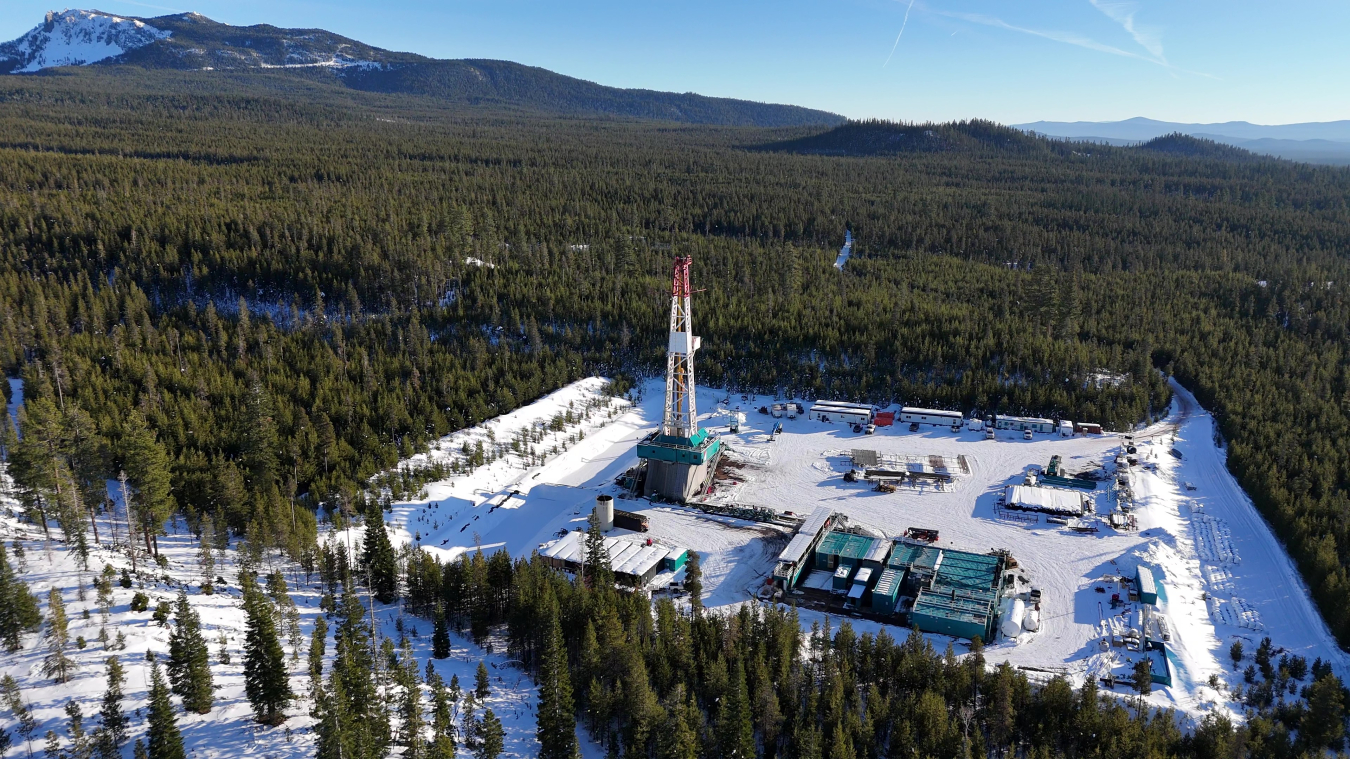There is heat beneath your feet—a vast, largely untapped renewable energy resource. Geothermal energy has a unique role to play in providing clean energy across the entire United States. Geothermal energy has huge potential—from heating and cooling enabled by constant underground temperatures just tens of feet deep, to reliable and flexible electricity generation from heat found thousands of feet or even miles below the surface. These geothermal resources can be found nationwide, are “always on,” and represent significant domestic energy potential to support the nation’s clean energy needs.
This page provides resources to learn what geothermal energy is and how it can be tapped for power generation, heating, and cooling. It also shares how the Geothermal Technologies Office (GTO) and other U.S. Department of Energy (DOE) offices are advancing geothermal technologies.
Highlights
-
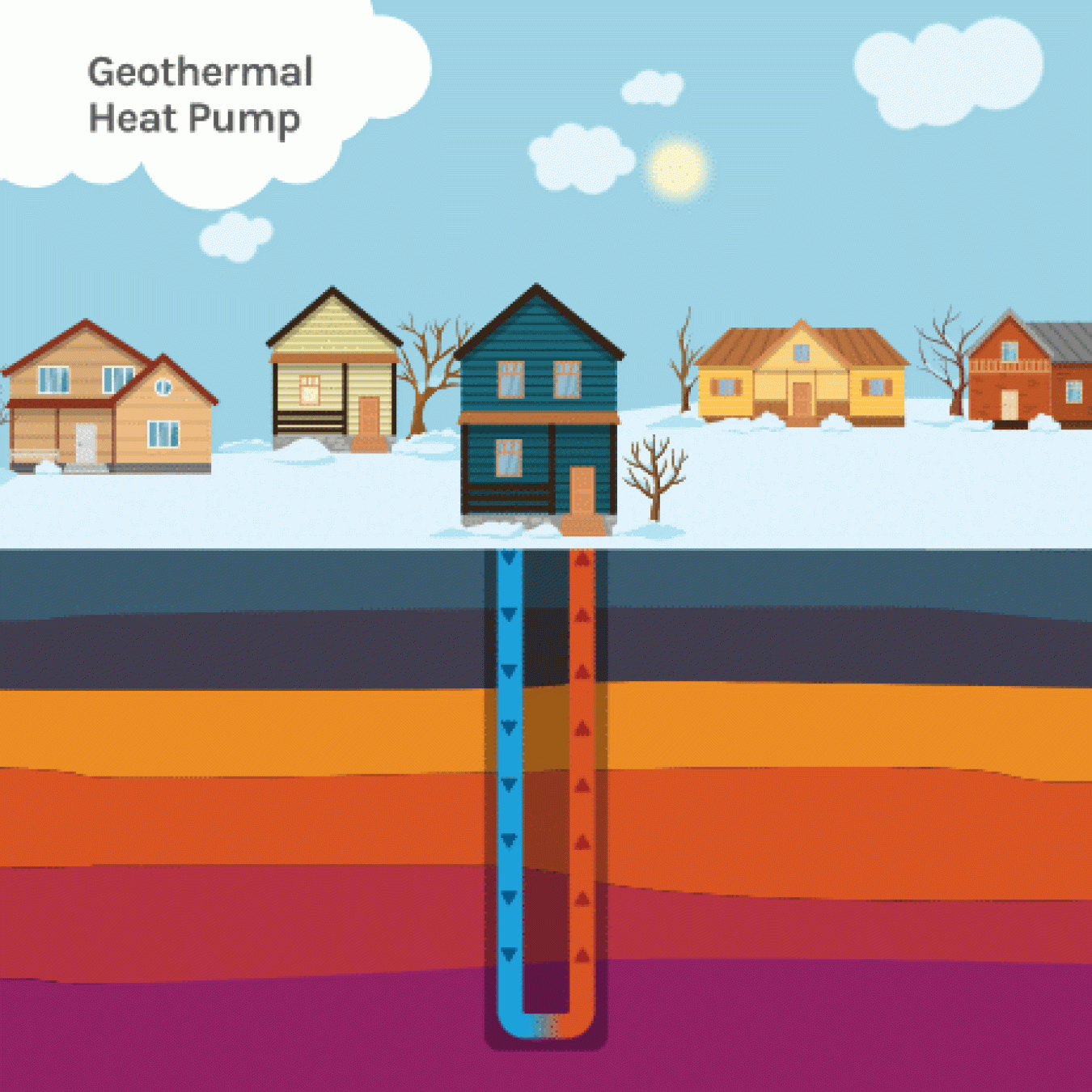
- Geothermal
- Geothermal Energy
Learn what geothermal heat pumps (GHPs) are and where they can be used.January 17, 2025 -
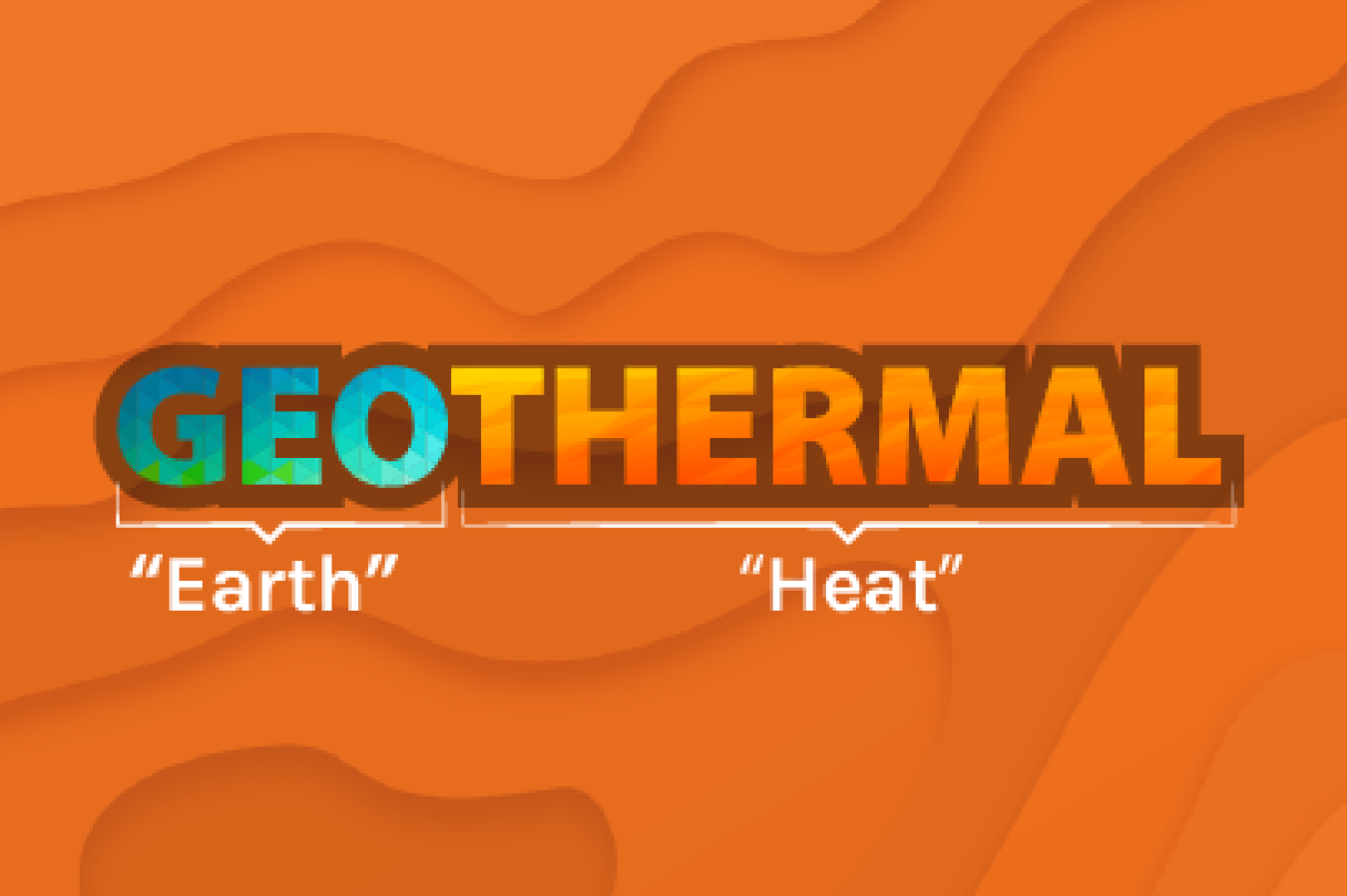 Learn about geothermal energy, its benefits and growth potential, and how GTO advances geothermal technologies.January 17, 2025
Learn about geothermal energy, its benefits and growth potential, and how GTO advances geothermal technologies.January 17, 2025 -
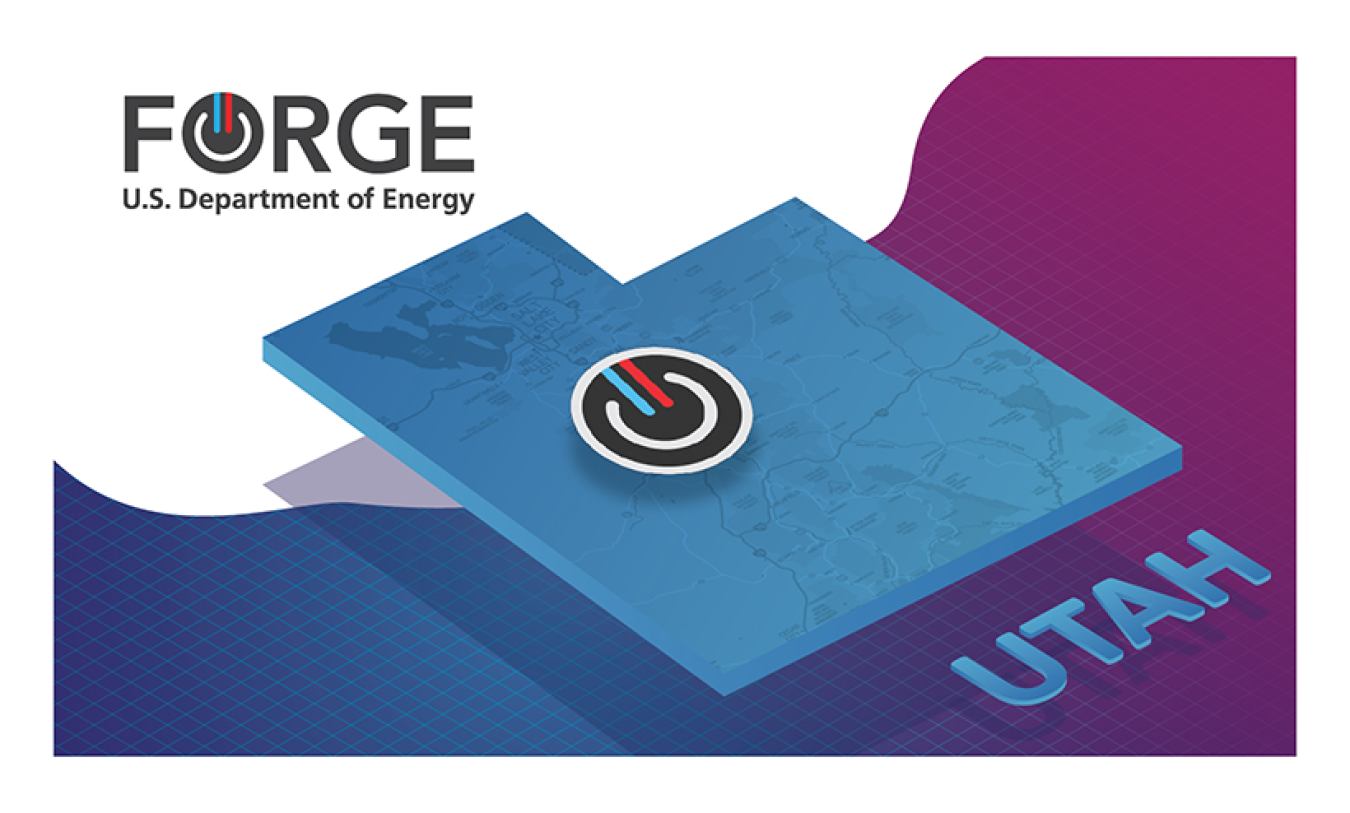
- Geothermal
- Geothermal Energy
GTO's FORGE initiative: A dedicated site for accelerating breakthroughs in enhanced geothermal systems (EGS).January 30, 2025
Tax Credits, Incentives, and Technical Assistance for Geothermal Heat Pumps
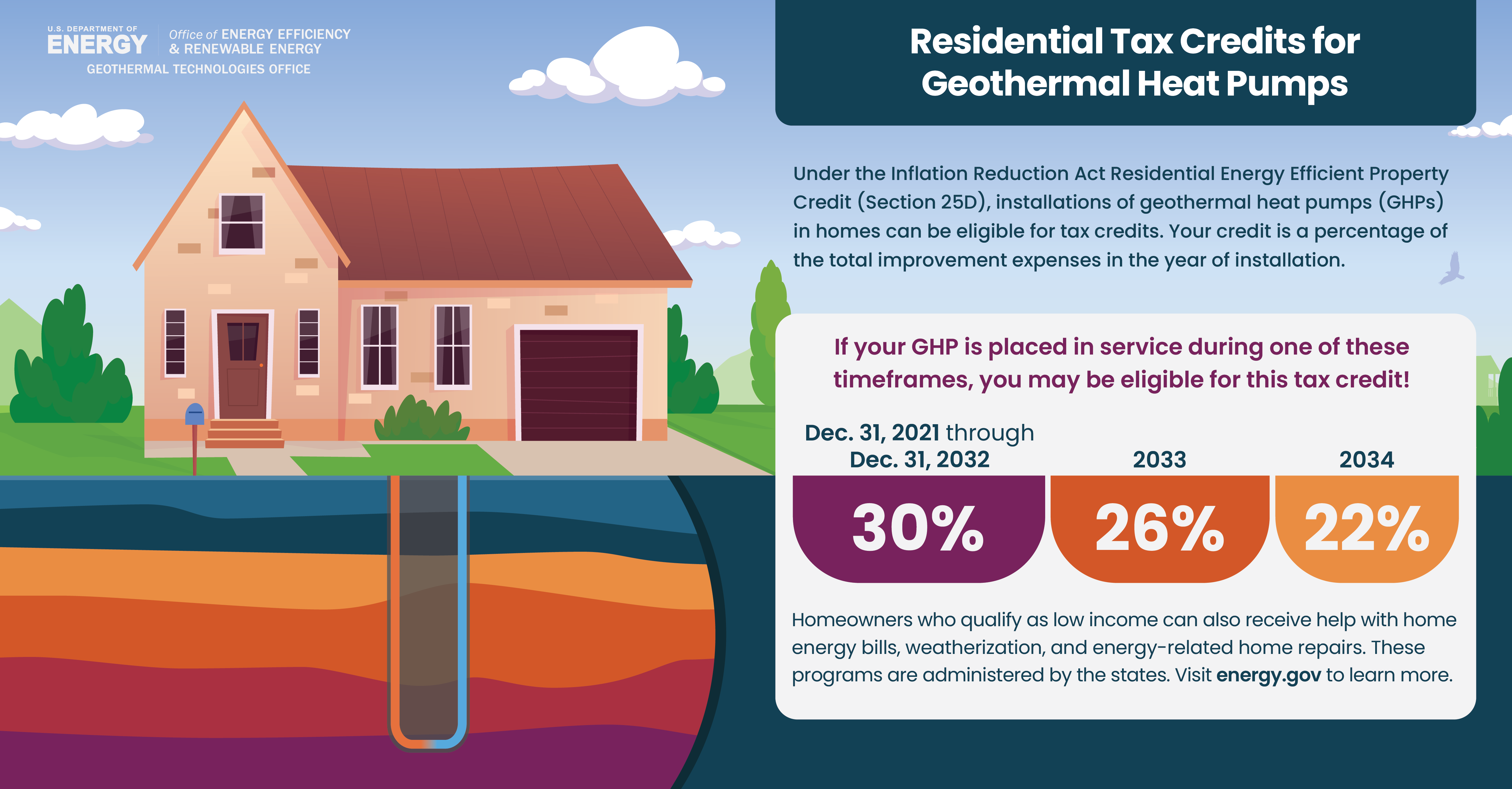
Tax credits and other financial and technical assistance can make installation of new or retrofitted geothermal heat pumps more accessible. Learn where homeowners and business owners can find information and assistance for geothermal heat pump installation.
Geothermal Heat Pump Case Studies
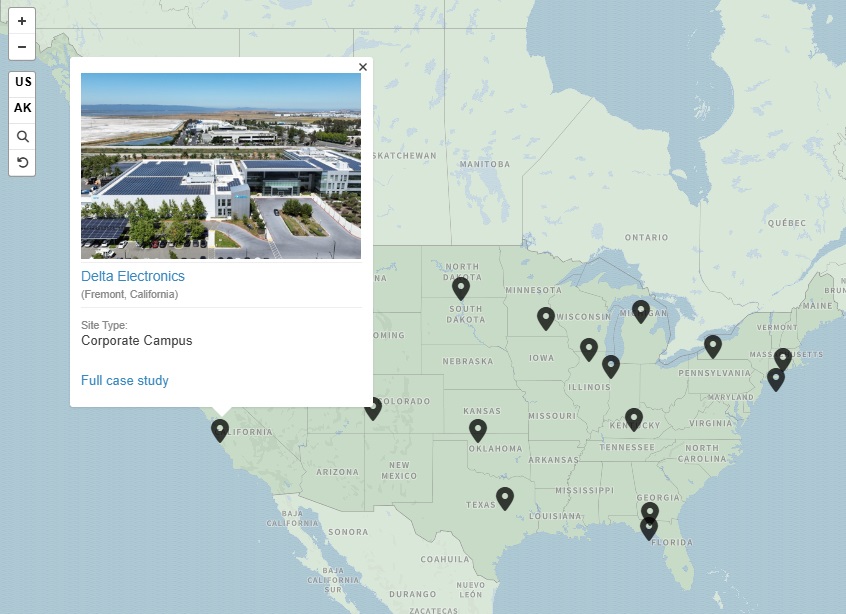
Try the interactive map below to learn about 19 different sites that use geothermal heat pumps for their facilities.
- Each case study has a web version and a downloadable PDF version for easy printing.
- To see the site located in Alaska, click the "AK" button on the left.
- Consider contacting the facility representative listed at the bottom of each case study if you are interested in geothermal for a similar building type.


